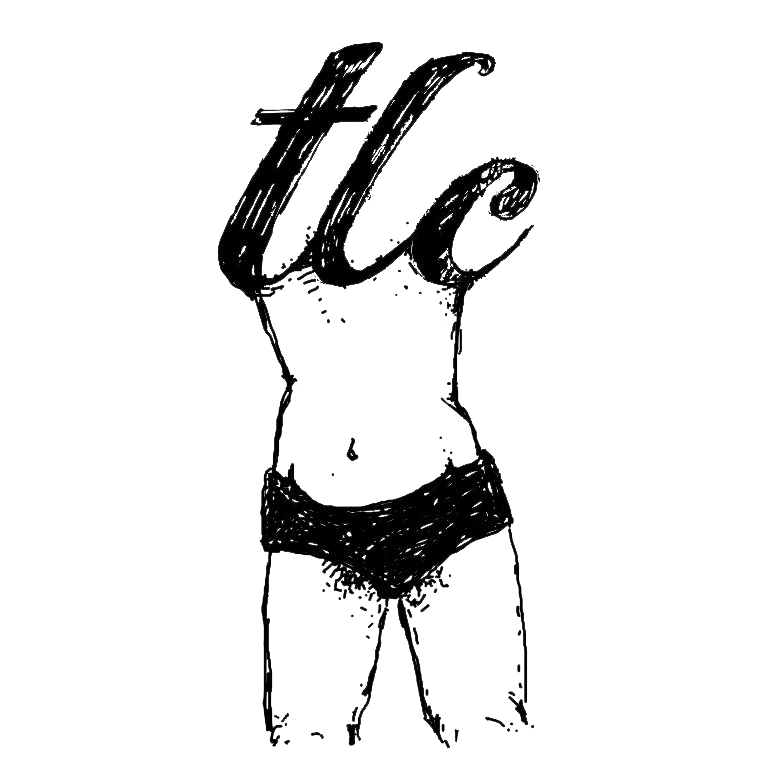It is a dangerous business to adapt a Jane Austen novel. Not only because the woman still has stans but because, as times have changed, so must Austen’s characters. In his third book of fiction, Mahesh Rao remains true to the plot of Emma but does not strain to stick to her character models at the cost of realism.
Amid India’s Most Privileged

via WikiCommons
Rao’s Polite Society is Emma set in contemporary Lutyens’ Delhi and is a wry parody of those who live on the country’s most coveted bit of real estate. Emma here is Ania Khurana, a native of “Prithviraj Road, rather than Delhi.” Miss Taylor is revamped into Renu, Ania’s unmarried aunt. Though, if she were a governess in this version it would not have been out of place in Lutyens’ in the least. Other characters are also given their Indian counterparts: Mr Knightley becomes Dev, a close friend of the Khuranas, Harriet Smith becomes Dimple, a migrant to Delhi.
Ania is a 20-something tinkering with the idea of being a novelist though her real passion appears to be matchmaking. Much like in Austen’s Emma, Rao’s Ania has the blessed combination of looks and money that makes her take male attention for granted. But her main concern is to find an acha ladka for Renu and Dimple.
As the novel proceeds, she successfully finds Colonel Rathore to marry Renu and utterly fails in finding Dimple a match. Those who have read the original will find themselves nodding along with the plot for Rao does not stray from it. And, really, why would he? Austen’s plots are sacrosanct. The original Emma’s plot, for example, faithfully follows that of a five-act play: introduction, rising tempo, climax, fall, resolution.
A More Open Approach To Austen
But though Rao has remained true to the Austen plot, he has not allowed himself to be overpowered by other narrative elements. This speaks highly of his self-assuredness as a novelist. And so it happens that this is not an adaption of Emma but a novel that uses the Austen classic to tell a different story. This becomes increasingly obvious by the third act of Polite Society, which takes a much darker turn than Austen may have imagined.
Polite Society also moves away from the Austen style of writing. She usually wrote as an omniscient third-person narrator but narrated in detail only her protagonists’ thoughts. In the original Emma, this worked well because the reader only had the information that the 21-year-old did. It contributed to the suspense: will she be able to matchmake as she wants to or will she be unpleasantly surprised by the outcome?
Rao’s narration takes a more open approach. In Polite Society, moving away from Austen’s tight omniscient, the author opens up all his characters to the reader. Each of them is portrayed as having psychological depth and consideration. The author changes perspectives frequently. A lesser writer would have made a mess of the narrative but Rao keeps the book pleasing and neat. He also focuses on the external details — sights, sounds, smells, touch — that are characters in their own right in Polite Society.

Same Plot, Different Story
Because Austen’s tight omniscient was used for a specific reason, until the third act of Polite Society, the reader may think Rao is simply showing off; the “Whee! Look, Ma, no hands!” approach to writing in the third person omniscient.
But this choice of voice is propelled by the plot. It would never do to present Ania in the same way that Austen showed Emma. Times have changed, and perhaps many elements of Austen’s coming of age novel would not sit well with contemporary readers. Certainly, not many of her male protagonists would work well in a modern novel. Mr Darcy was a straight-up sociopath, and Emma’s own Mr Knightly was an annoying and condescending man. Austen balanced these characteristics out with appropriate indicators of sympathy and compassion. Meanwhile, Emma’s rejection of Robert Martin for Harriet comes off as naiveté, while Ania’s rejection of Dimple’s beau screams high snobbery. By keeping a distance from his main protagonist and exploring each of his characters’ inner thoughts, Rao allows the reader to empathize with Ania.
Unlike Austen, Rao is not interested in writing a book about Ania’s coming of age. His is a book about the secrets, lies, and unsaid hierarchies of a social world insulated by power and money. Lutyens’ is, therefore, a perfect place in which to set his novel.
Within the setting, Rao again utilizes wide omniscience and distance. The Lutyens’ Delhi he writes about is exaggerated, comically so. The characters in Polite Society are perhaps a reflection of the increasing Anglicization of the Indian millennial — many of whom speak better English than Hindi. So it is that characters use phrases such as “I jolly well hope so” and “terribly sweet thing” while talking to each other. Dimple, a middle-class character, thinks herself unworthy of attention when there are “sophisticated gazelles at media parties.”
The result is a high comedy with a dark edge and a genuinely well-adapted Jane Austen novel through it all.
Polite Society is available to buy on Amazon for Rs 360 for a hardcover copy.
To read more Book Reviews on The Ladies Compartment, click here.

























Leave a Reply